Back in June, I wrote about the birds of the Macaronesian islands – Azores, Madeira, the Canaries and Cape Verde. Today I’m going to zoom into the desert islands in the east of the Canaries archipelago – Fuerteventura and Lanzarote. These islands lie close to the western edge of the continental Sahara Desert. Fuerteventura, the larger of the two islands, is approximately 100 km long and lies at 28oN, 14oW, just 100 km from the mainland coast of southern Morocco. Lanzarote is some 50 km long and lies to the north of Fuerteventura, separated by a 13 km-wide channel. For me, living in Gibraltar, that’s just a kilometre less than the width of the Strait of Gibraltar. Lanzarote lies a little further from the coast, at 125 km from the mainland.
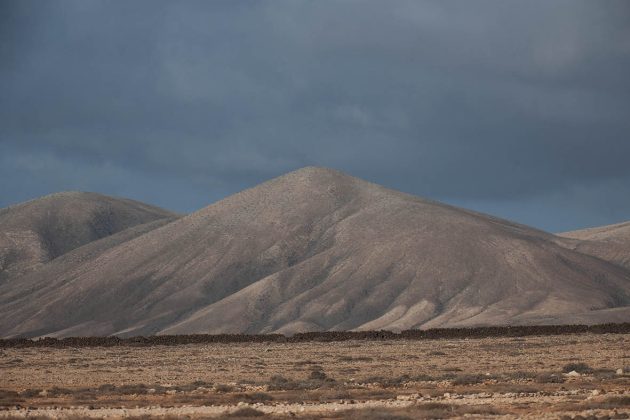
The islands are volcanic in origin, a fact that does not escape you the moment you arrive. The islands are dotted with extinct volcanoes which dominate the landscape. The landscape itself is desert – there are few trees and there is little standing water. Huge tracts are stony desert, dominated by dark lava. In other areas there is sandy desert, where yellow and reddish sands predominate. There is little cover for birds, mostly arid-adapted thorny shrubs, but that doesn’t mean that the birds are necessarily easy to find. A series of dry years, with exceptionally little rainfall even for these islands, seems to have impoverished the landscape which looks tired. In my personal experience, a number of these birds are harder to find now than they were a decade ago.
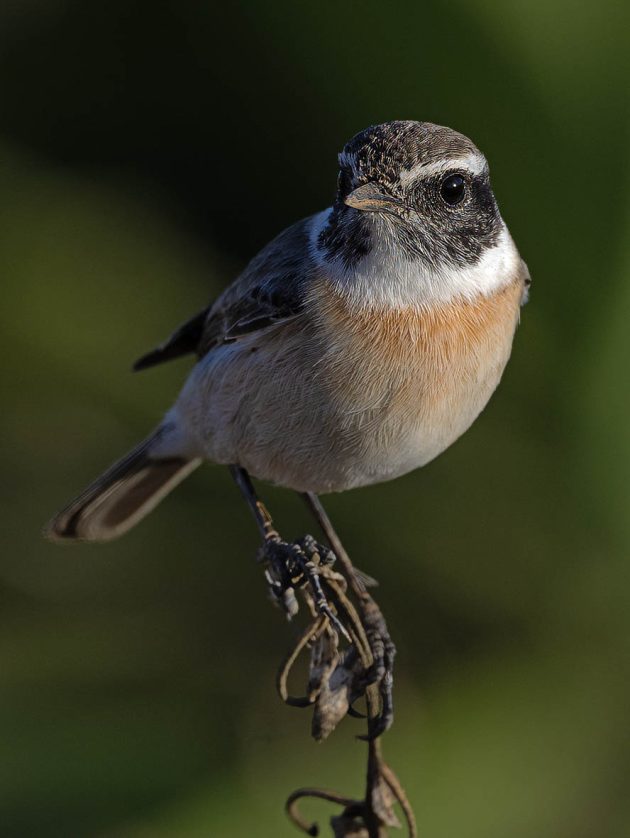
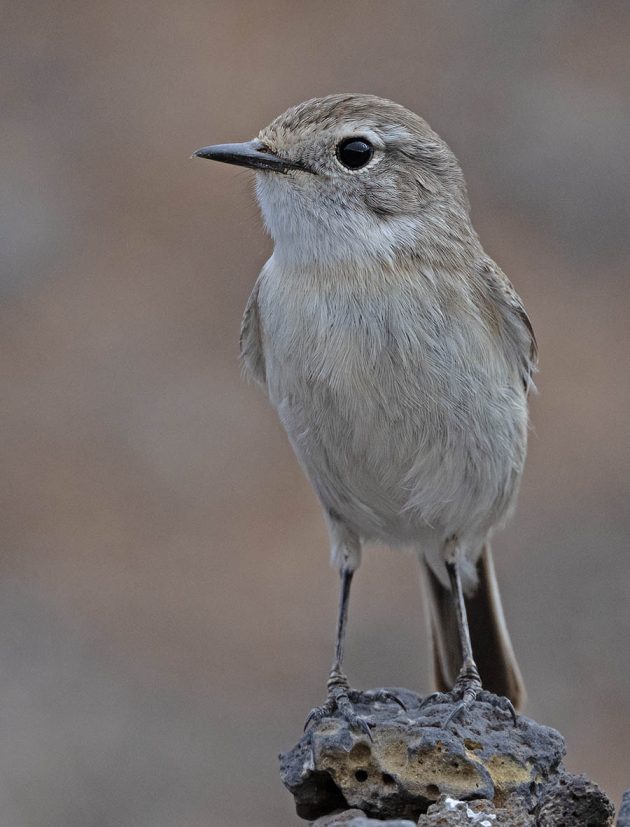
The star of the show, for me at least, is the Fuerteventura Stonechat (Saxicola dacotiae). It is exclusive to the island of Fuerteventura, where you find it in areas with shrubs, quite often close to farms which have a little more greenery and presumably give access to water. In the 1980s, the population was estimated to be between 650 and 850 breeding pairs but a later survey, in 2005 and 2006, suggested there may be up to 14,500 individuals. That is the entire world population of this bird. It’s quite possible that chat numbers, alongside other birds of the desert and semi-desert, fluctuate according to available water. Our own activities are also having an impact through increased water extraction for humans and livestock. Extensive construction for the tourist industry and very conspicuous and major road works are adding to the “tiredness” of the landscape. Many birders visit these islands and describe them as wonderful for their birds but you really have to look hard for these birds and I’m worried that many of the species may be declining in numbers. That is, at least, my impression.
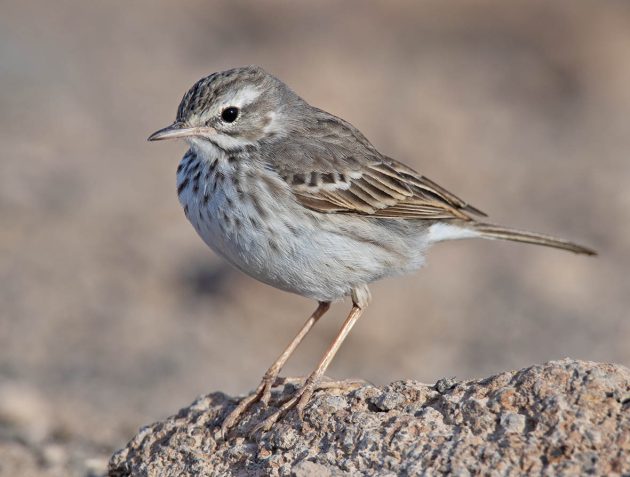
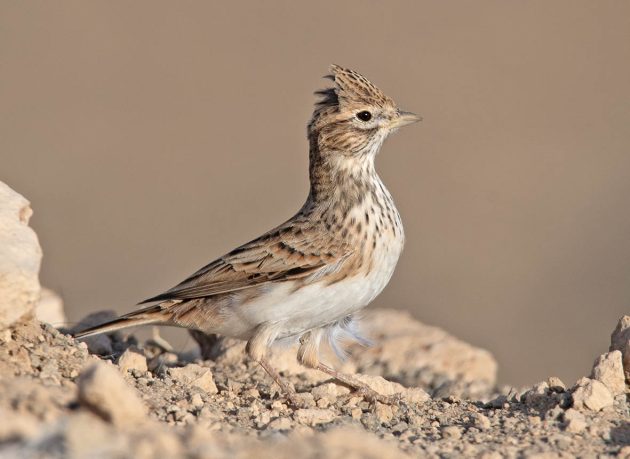
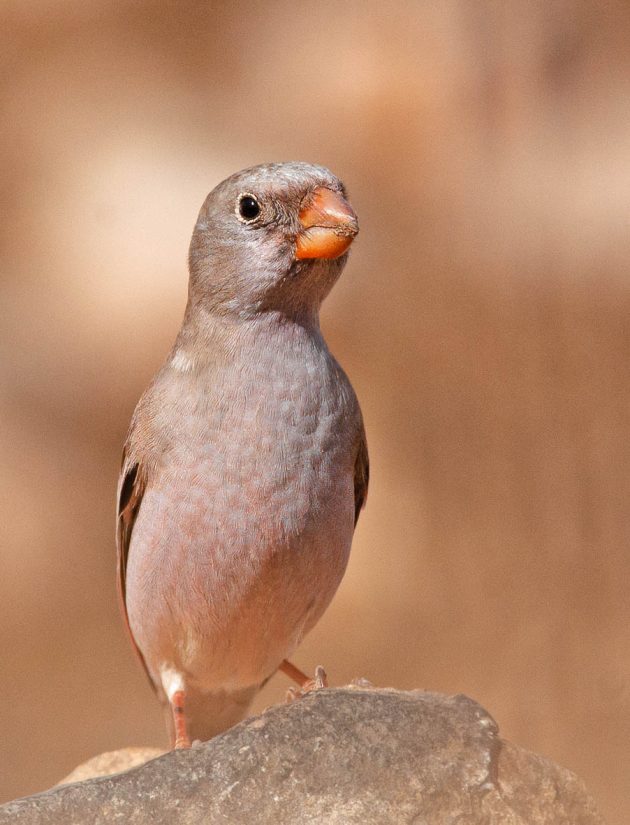
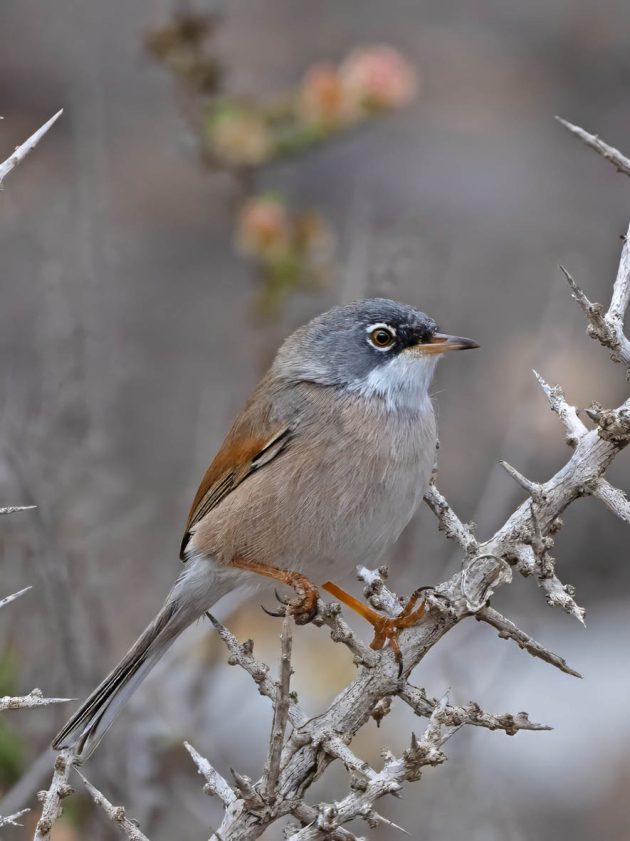
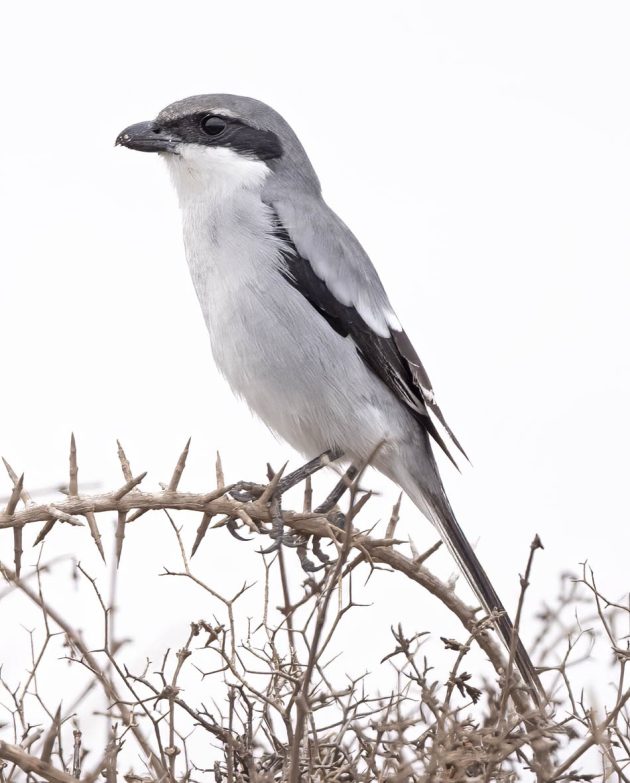
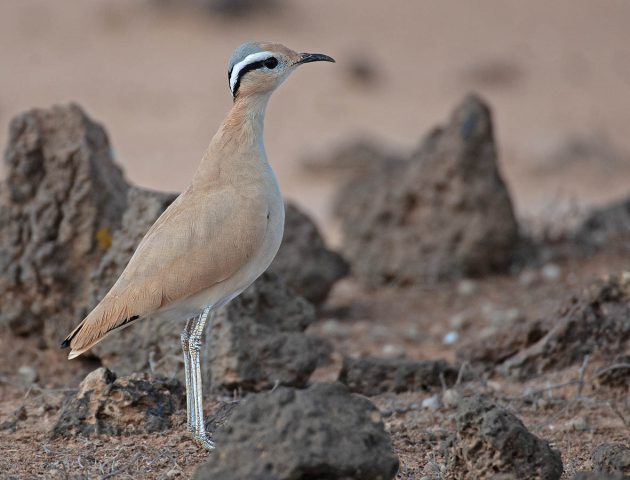
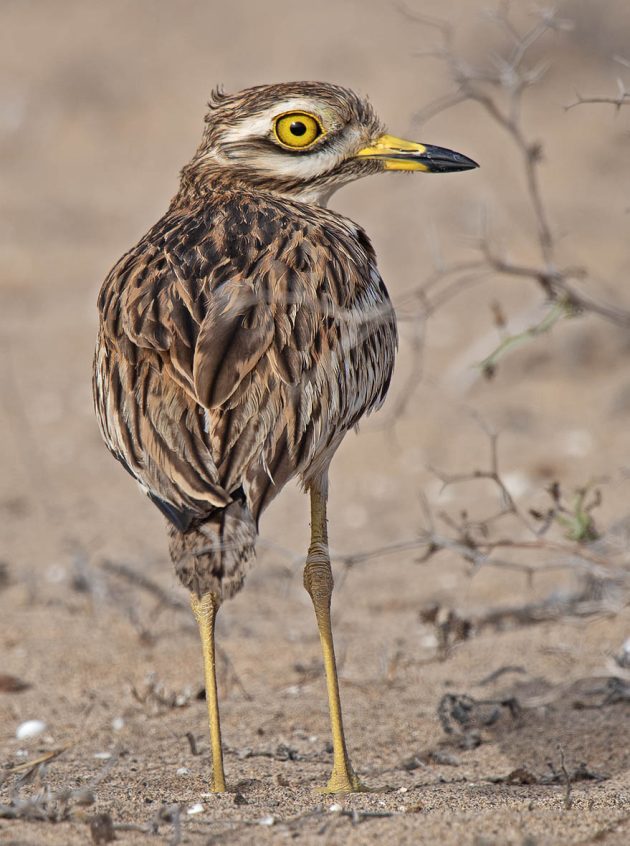
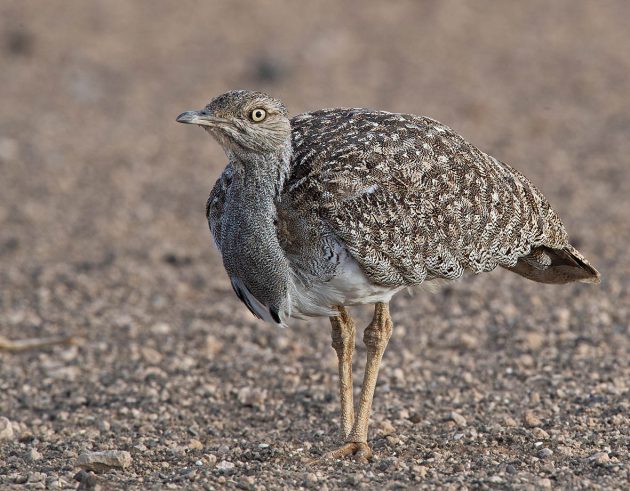
Not all is gloom and doom. There is a resident population of Egyptian Vulture (Neophron percnopterus majorensis), which is given sub-species status. This bird has now gone from the western Canary Islands and had been in decline in the eastern islands, with 35 pairs estimated in 2008. I am reliably informed that this situation has been reversed and that there are now more Egyptian Vultures here than previously recorded, with around 100 pairs and 500 individuals. Protection of nesting sites and the regular provision of food at feeding stations has clearly done the trick.
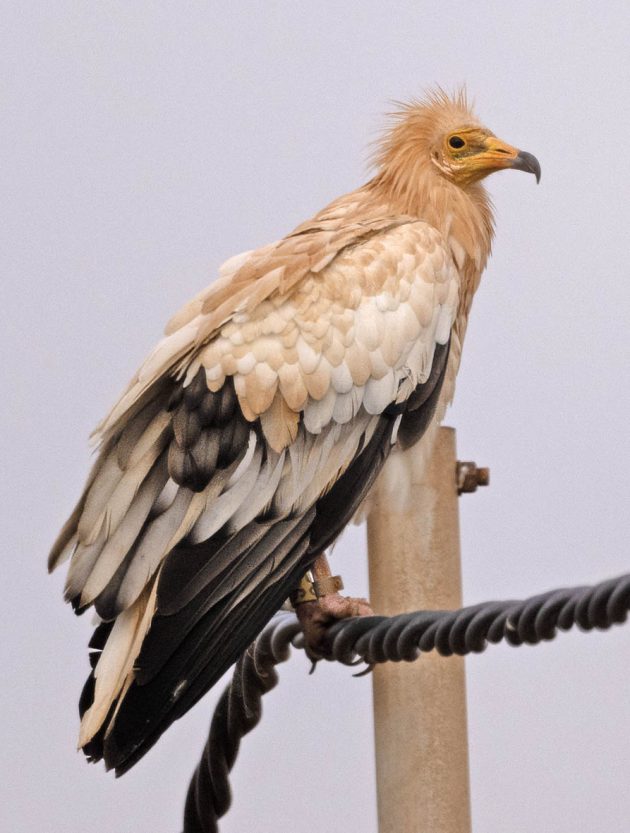
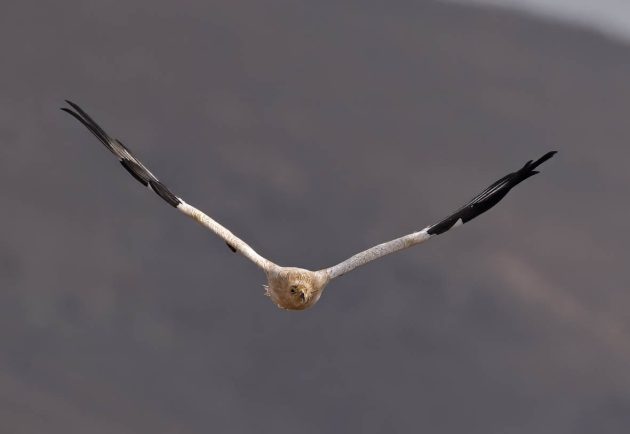
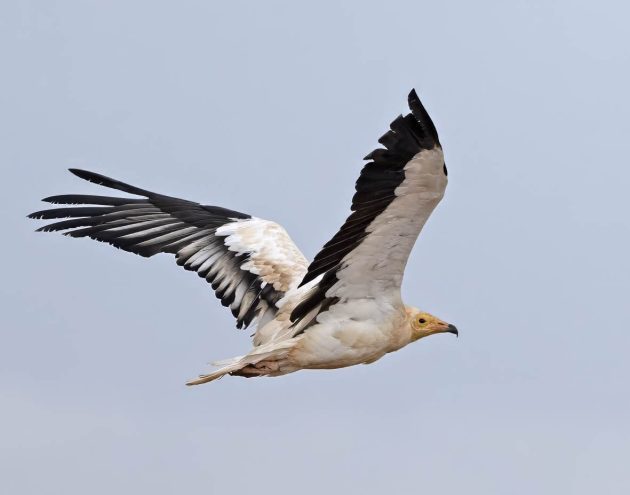
Source link
Facebook
Pinterest
Twitter
LinkedIn

